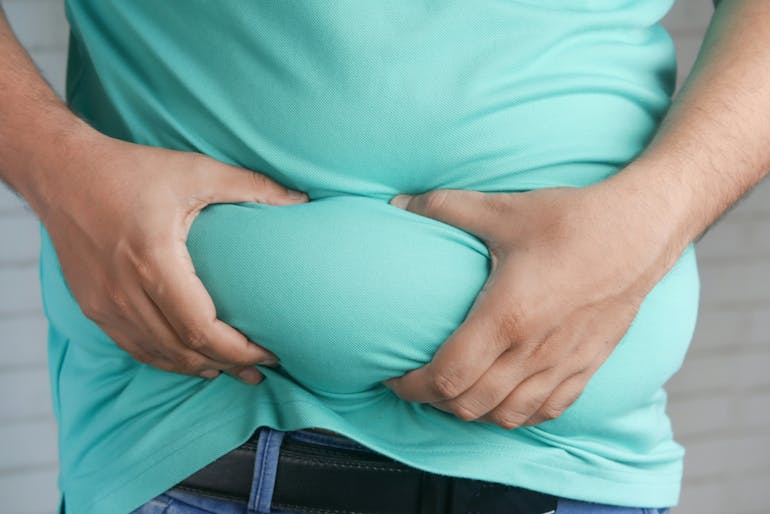What Are the Major Factors That Impact Slip and Fall Injuries?
Around a million people visit the emergency room each year due to injuries resulting from slip and fall accidents. These accidents are responsible for a wide range of physical injuries, including bruises, bleeding, concussions, bone fractures, cervical or spinal damage, and more. While most of these injuries can be treated with appropriate medical or surgical care, some injuries prove fatal for the victims of such accidents. Even the injuries that can be treated leave victims with thousands of dollars in the cost of medical or surgical treatment, ongoing therapy, occupational rehabilitation, and incidental expenses. The experienced lawyers at Friedman Levy have provided several alarming factors that impact slip and fall injuries in the United States.
Height of the Fall
The height of the fall is one of the most important determinants of any slip and fall injury. Falling from standing height causes less damage than slipping, tripping, and tumbling down the stairs. Falling from varying heights creates different types of injuries. For example, falling from a standing height is likely to leave you with bruises, contusions, or fractures. On the other hand, falling down a high flight of stairs can cause repeated trauma to various parts of your body, significantly increasing the risk of internal organ damage and bleeding.
Landing Position
Your position at landing after the fall also determines the type and severity of injuries incurred during a slip and fall accident. Protective reflexes like spreading out your arms to break your fall might determine what parts of your body get injured during the accident. Similarly, trying to minimize injury when falling down a flight of stairs by covering your head with your arms might result in elbow or forearm bone fractures besides bruises and bleeding.
Force of Impact
The force of impact on the surface where you slip and fall also plays an important role in determining the extent and severity of your injury. It is important to note that the injury also depends on the type of surface where you slip and fall. For example, slipping and falling on a hard granite surface of a sidewalk might result in far greater injury than falling on a tiled floor indoors. The extent of your injury also depends on your acceleration during the fall.
Slip Hazards
Slip hazards such as snow/ice, lubricants, surfactants, water, floor wax, and more increase the risk of slipping and falling on the ground. These hazards significantly increase the chances of incurring serious physical injury because they increase both the momentum and acceleration of your fall. It is why more people get serious fractures due to falling on wet surfaces as compared to uneven surfaces or broken carpeting.
Conclusion
The extent and severity of your slip and fall injury depend on many factors. Since no two slip and fall accidents are the same, it is not possible to predict the consequences of any such incident. If you were injured in such an accident, you should contact an experienced slip and fall injury lawyer who can help you get fair financial compensation for your damages.


